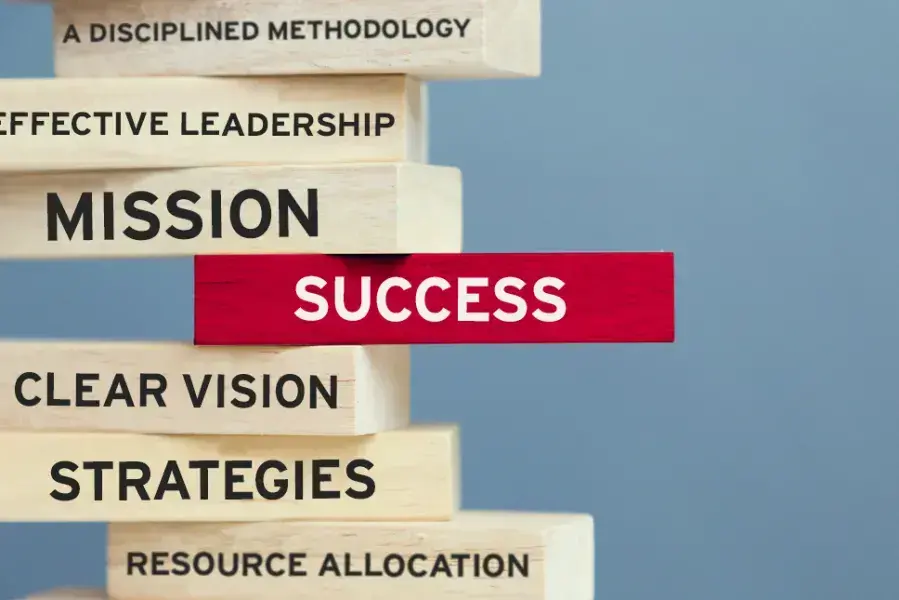In large business entities there are several key points to consider in order to best cultivate a prosperous business model. We first must work to understand the dynamics of the enterprise (processes and characteristics) by examining those from an internal and external perspective. For example, understanding and aligning to your organizational vision, mission, leadership, strategies, systems, and culture is critical for success. In addition, a disciplined methodology and understanding of key business drivers are imperative.
From a strategic perspective, we know that two of the major business drivers today are “globalization” and “technology convergence.” Additionally, tactical application drivers are operational issues that must be effectively managed to support the strategy. Kevin Cope (2012) in his book, Seeing the Big Picture, provides some insight into key operational drivers. These include the basics of cash, profits, growth, asset utilization, and people – in effect, the discipline of resource allocation governance. Success is based on understanding the dynamics associated with each of these drivers and how to apply integration and practical application techniques to achieve both short and long term success. “Your ability to understand these relationships and affect these drivers through your decisions and actions can increase your own ability to contribute to the long term profitability and growth in your company” (Cope, 2012, p.8).
- Effective Leadership: This component is important to organizational success. Reilly, Minnick and Baack (2012) in their book, The Five Functions of Management, state that “Leading in a business context, consists of all activities undertaken to help people achieve the highest level of performance. Effective leaders influence behaviors in positive ways. Ineffective leaders influence behavior but do not achieve desirable results.”
- Clear Vision: This idea is where the organization desires to be over time. It is a mental picture of a future state and is what the organization would like to achieve over time. Organizations have short and long range plans, and it is the vision that provides guidance and inspiration. Inspiring a shared vision is an important part of effective transformational leadership and organizational success.
- Mission: This component defines the purpose of the organization. “A mission statement answers three questions about why an organization exists – WHAT it does, WHO it does it for; and HOW it does what it does” (Evans, 2010). An effective mission statement will also include core values, and it helps to shape and develop organizational culture.
- Strategies: This component is basically how the organization will proceed. It involves the selection of goals to be pursued and what core strategies and tactics will be used to accomplish those goals - the actions the organization will take.
- Resource Allocation: This item is key to success in our professional as well as our personal lives. Resource allocation is the most important thing we do. In this context, we define resources as people, time, money, and assets — and of course the basic definition of a project is to have a goal with a start and end date. We understand 100 percent efficiency is unachievable and we all make mistakes, but if we apply discipline to whatever we engage in, our chances of success are exponentially better. The analogy Dr. Ray Powers often uses in lectures is that of a baseball player. A good player may have a 200+ batting average (hits 2 out of every 10 times at bat). A very good player might have a 300+ average. A legendary player may be 400+. The difference is perhaps just a single additional hit in every 10 times at bat — not much perhaps, but think of the difference it makes in his or her career. Hence if we apply a disciplined methodology to our goals and objectives and that creates just slightly better performance, our chances of being successful are greatly enhanced.
- A Disciplined Methodology: This application of a set of principles used in the management and decision-making process within organizations is the last key building block for success. This component should include the use of business models (e.g. cost/benefit analysis; risk analysis; opportunity cost; value proposition modeling, etc.), along with the use of an effective resource allocation tool (e.g. a project management framework or similar system that will cross-functionally integrate all resources, demands, and outcomes).
Remember, today’s organizations are fluid and continually evolving based on situational nuances. They are in a state of continuous change in order to better manage resources (people, time, money, and assets), and change is perhaps the only constant.
Written by Dr. Ray Powers and Bill Davis.
Dr. Ray Powers is an academic department chair and Bill Davis is an instructor with the UAGC.
References
Cope, K. (2012). Seeing the bigger picture - business acumen to build your company, credibility, career and company. Austin, TX: Greenleaf Book Group.
Evans, J. (2010, April 24). Vision and mission - what's the difference and why does it matter? Psychology Today.
Powers, Ray (2014). Personal conversation. College of Professional Advancement, University of Arizona Global Campus. Reilly, M., Minnick, C., & Baack, D. (2011). The five functions of effective management. San Diego, CA: Bridgepoint Education, Inc.
Weiss, J. W. (2012). Organizational change. San Diego: Bridgepoint Education, Inc.
